Panasonic Eneloop review
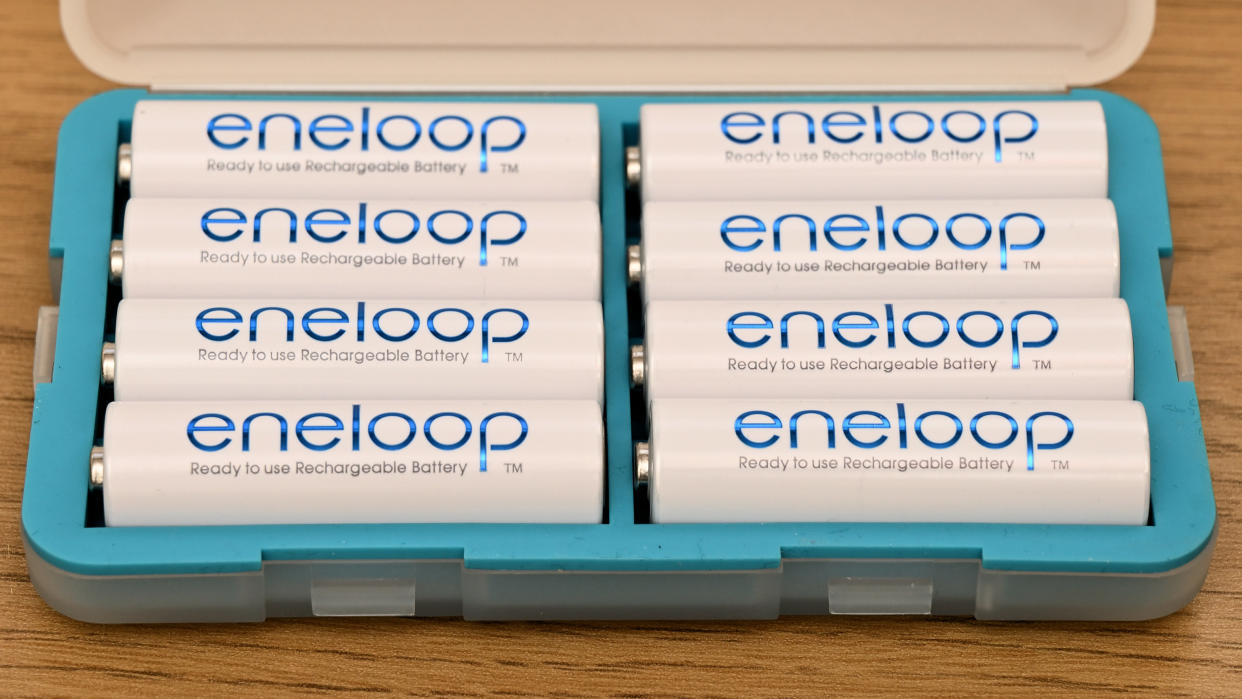
Eneloop batteries have been around since 2005, although they were originally made by Sanyo and later acquired by Panasonic in 2009. They were somewhat revolutionary at the time, solving a number of perennial problems suffered by rechargeable batteries. Older NiCad (Nickel Cadmium) rechargeable batteries suffered from a ‘memory effect’, so you’d have to discharge them completely before recharging them to retain their full capacity. Specialist battery chargers could do this, but you’d be in for a long wait.
Newer NiMH batteries had virtually no memory effect but tended to self-discharge over a few weeks, even when sitting in a drawer doing nothing. By the time you came to use them, they’d often have very little charge remaining or even be completely flat.
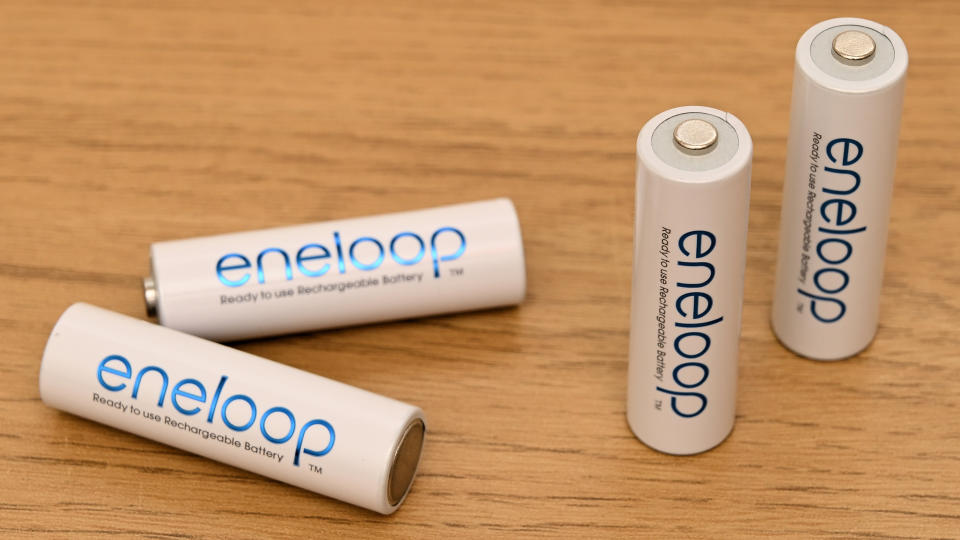
Eneloop batteries ushered in a new design of NiMH with a low self-discharge rate, effectively holding an almost complete charge over many months and still being usable after lying around for years. This also meant they could be pre-charged at the manufacturing stage, and thus be ready to use straight out of the box when you bought them, rather than having to be charged up at home before first use. Eneloop batteries are available in popular AA and AAA sizes, ideal for a wide range of photographic accessories like flashguns, flash triggers and remote controllers, as well as for flashlights and all sorts of gadgets around the home.
Specifications
Type: NiMH
Size: AA / AAA
Voltage: 1.2V
Capacity: 2000mAh (AA) 800mAh (AAA)
Charge held: 70% after 10 years
Recharge up to: 2100 times
Key features
Currently in their fifth generation, Eneloop AA and AAA batteries sit in the middle of the product range, between the lower-capacity Eneloop Lite and higher capacity Eneloop Pro. As such, the AA edition has a 2000mAh (milli-Amp hour) capacity and the AAA version has 800mAh. Sure, you can buy NiMH batteries with higher capacities, but standard Eneloops still far exceed the capacity of regular AA and AAA Zinc-Carbon non-rechargeable batteries, which can have as little as 500mAh under the hood, and hold up well against alkaline non-rechargeable cells, at around 1700-2850mAh for AA and 860-1200mAh for AAA. However, the rated ‘capacity’ isn’t the whole story when comparing Eneloop and alkaline batteries, as we’ll come to later in our ‘performance’ section.
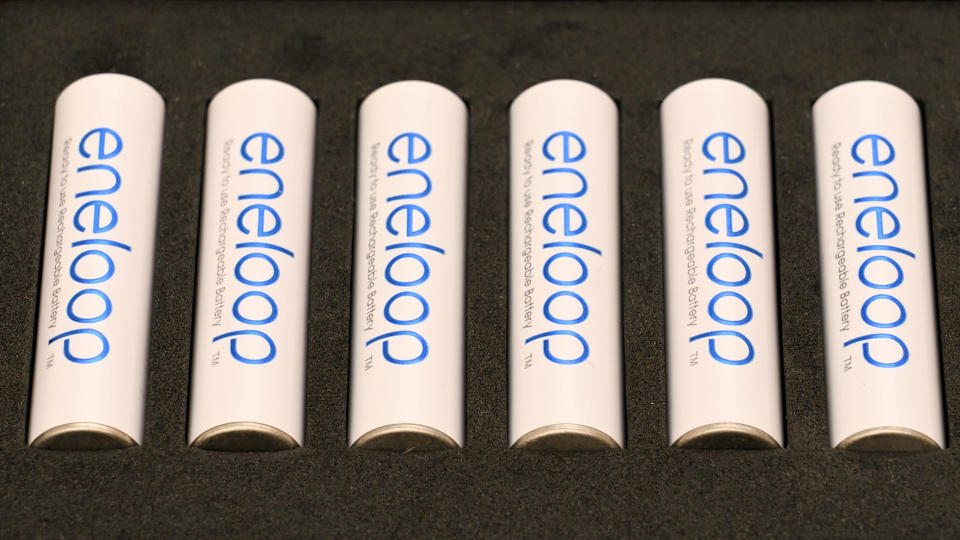
The whole idea of rechargeable batteries is that you can use them over and over again, breaking free of the ‘throwaway culture’. A key feature of the latest generations of Eneloops is that you can recharge them 2100 times over their lifetime. That far exceeds most rechargeable batteries, including the higher-capacity Panasonic Eneloop Pro, which can only be recharged 500 times.
The extended lifetime of Eneloop batteries isn’t their only green credential. Made in Japan, the batteries are fully charged at the time of manufacture, using solar power. Thanks to their incredibly low self-discharge rate, you can count on them being ready to use after purchase, straight out of the box. Even the box itself is now generally made from eco-friendly cardboard rather than being a plastic blister-pack.
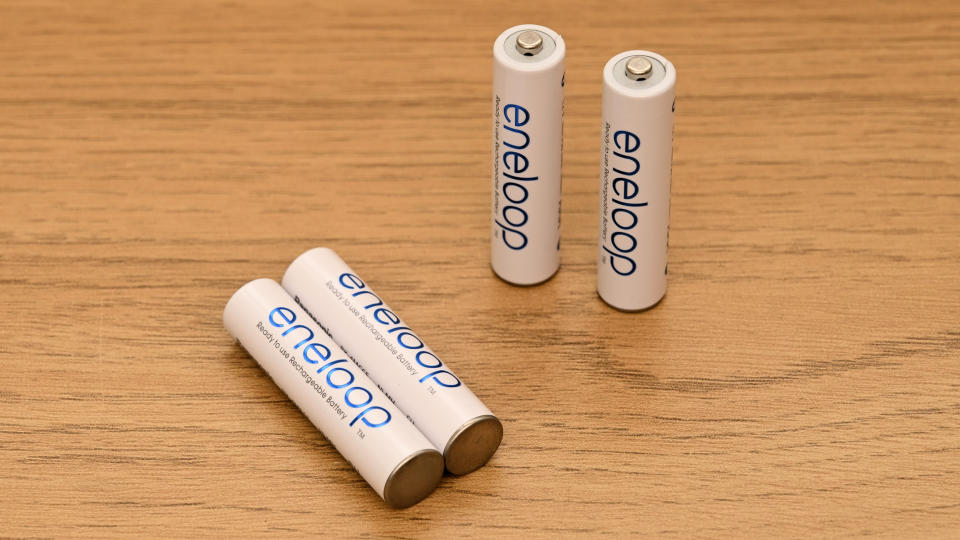
Performance
On a personal note, I used to find it really frustrating that I’d fully charge a set of NiMH batteries for use in a flashgun, only to find they were virtually flat by the time I’d come to use them a few weeks later. Sure, you can recharge them just before use, if you know in advance you’re going to need them on a certain day, but that kind of takes away a lot of the spontaneity and fun from photography. I’ve been using Eneloops for many years and I know they’re always good to go. Indeed, the latest generations can retain as much as 70% of a full charge even after 10 years.
A few years ago, I did a fair bit of professional wedding photography and needed to know I could rely on my kit 100%. That’s especially true for flashguns as well as cameras, which can be all but essential for shooting unrepeatable events. And for landscape photography in harsh weather, the fact that Eneloops work fine in a temperature range of -20 to +50 degrees Celsius is another performance bonus.
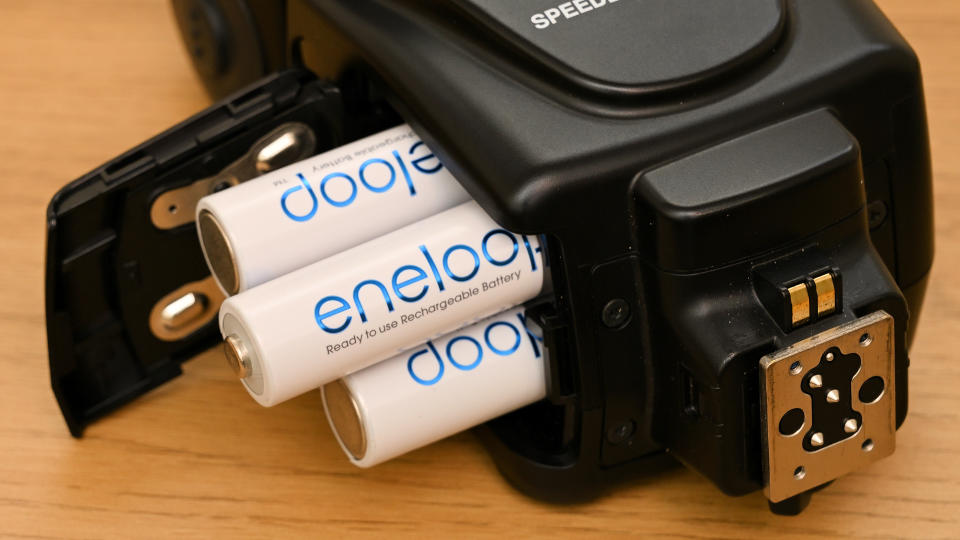
As we mentioned earlier, the outright capacity of 2000mAh for AA and 800mAh for AAA Eneloops isn’t exactly generous, compared with some of the latest rechargeable and alkaline cells. But there’s more to it than the numbers suggest. The voltage of alkaline batteries kicks off at 1.5V but immediately begins a steady descent as soon as you start using them. By contrast, Eneloop cells start at 1.2V but retain almost this voltage constantly until they finally run out of charge. Ultimately, you get more power for longer. With a flashgun, I can effectively get around 250 full-power flashes from a fully charged set of Eneloop AA batteries, compared with just 170 or so flashes with a batch of new alkaline cells, before recycle speeds become intolerably slow.
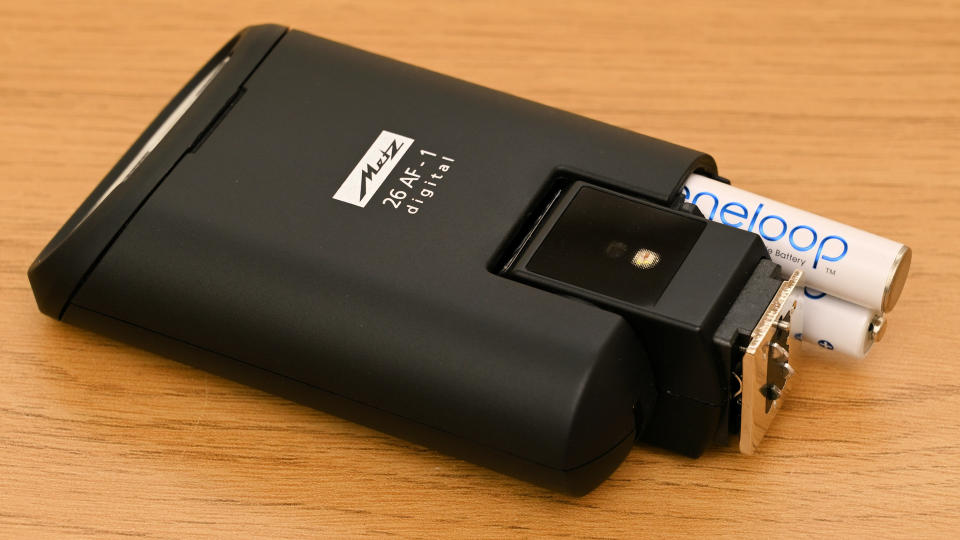
Sticking with flashguns by way of example, I’ve found that the recycle speed tends to be much faster when using Eneloop and other NiMH batteries, especially after high-power or full-power flashes. For example, when using alkaline batteries in my Canon Speedlite 430EX III-RT and Nikon Speedlight SB-700, recycle speed after a full-power flash is typically around 4 to 5 seconds – a little quicker when the batteries are absolutely brand new, straight out of the box. With Eneloop batteries, I can count on recycle speeds of just over 2 seconds for the entire discharge cycle. That can mean the difference between getting a vital shot and missing it altogether.
Verdict
Rechargeable batteries have had a checkered history. They’ve long been cost-effective and convenient in some ways, less so in others. Unlike previous rechargeable batteries, Eneloop cells retain their charge over many months and even years, so they’re always ready to use whenever you need them. They’re long-lasting too, both in terms of capacity and overall lifetime.
Eneloop batteries aren’t the cheapest around but, at Digital Camera World, we’ve been using them for years and love their 100% reliability and rock-solid performance. When we need to know we can completely trust a set of batteries for an important shoot, Eneloop is the brand we reach for.
Read more:
Best AA rechargeable batteries
Best power strips
Best travel adapters
Best camera batteries

